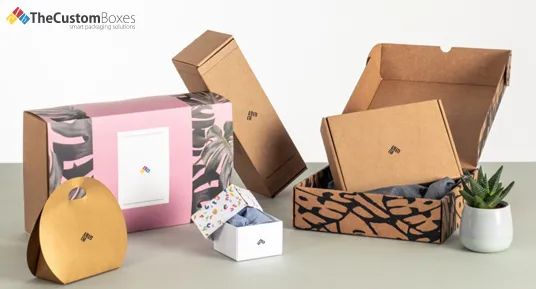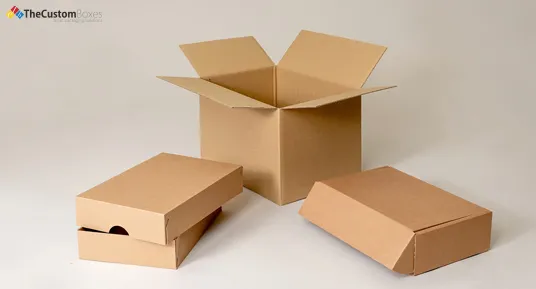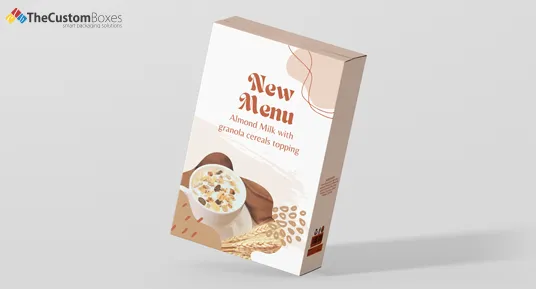- Home
- Blog
Read inspiring stories
about the custom boxes
Explore valuable expertise from our packaging experts, showcasing comprehensive guides, tailored packaging advice, and inspiring customer experiences. Advance your skills from novice to professional through detailed papers on paper options, spot UV, Adobe Illustrator, image resolution, subscription boxes, digital proof guidelines, die-cutting, full color print techniques, ink coverage, corrugated cardboard, shipping strategy, box templates, and more, presented by a reputable leader in the packaging industry.
popular Tags


- by Emily Parker
- August 21, 2024
How To Make Cereal boxes Attractive?
Explore various tips to make your cereal boxes attractive. It is paramount to foster customer attention and boost your cereal business up to the mark.
Read Article

- by Marcus Reynolds
- June 27, 2024
Chinese Takeout Boxes Are Used For Different Purposes
The importance of Chinese takeout boxes lies in their immersive benefits and versatile nature. Discover now and use them for different purposes.
Read Article

- by Javier Morales
- July 8, 2024
Types of Coating Used For Packaging
Coatings can play a significant role in enhancing the durability and visual appeal of your packaging boxes. Discover some common types of coating used for packaging.
Read Article

- by Maya Johnson
- June 27, 2024
Read it Out to Quickly Measure Box Sizes and Dimensions
Box measurements for figuring out the exact size of custom packaging become easy with an easy guide. Read it out to know what your products demand!
Read Article

- by Isabella Wong
- September 6, 2024
Everything About Custom Boxes - See How Others Make Their Way Towards Market
The Custom Boxes come up with an amazing step-by-step guide with wonderful real-life examples. Follow this ultimate guide to get rapid success for your great brand.
Read Article

- by Olivia Chen
- June 27, 2024
Shipping Boxes: Ideal For Safe Delivery And Customer Satisfaction
Choose custom shipping packaging boxes sensibly to deliver your wonderful products to clients' doorsteps. Safe delivery increases client satisfaction & trust. Order now!
Read Article

- by Sophia Grant
- June 27, 2024
How To Find The Best Packaging Companies Near You!
Are you looking for someone trustworthy to explore the new world of packaging? Stay here to how the quickest trick to reach out to the best packaging company near you.
Read Article

- by Dylan Carter
- June 27, 2024
Differences Between Packaging And Labeling - Guide For Beginners
The Custom Boxes experts share pro tips for designing labels and custom packaging boxes. This ultimate beginner's guide will help you build your brand.
Read Article

- by Ryan Hughes
- July 23, 2024
How Do Custom Boxes With Logo Impact Your Brand? Discover The Key Benefits
Create visually appealing custom printed packaging boxes with your logo to improve brand recognition and sales. Contact The Custom Boxes for professional assistance.
Read ArticleMost viewed

Everything Customizable! It's all Possible Here At The Custom Boxes
Choose The Custom Boxes for unlimited customization possibilities for your custom printed packaging boxes. We use advanced packaging and printing technologies.
Read Article
Why Cardboard Boxes Are Best Packaging Solutions?
Custom cardboard packaging boxes are versatile, cost-effective, and eco-friendly solutions that increase businesses’ growth without disturbing your financial budget.
Read Articleyou might also like


















